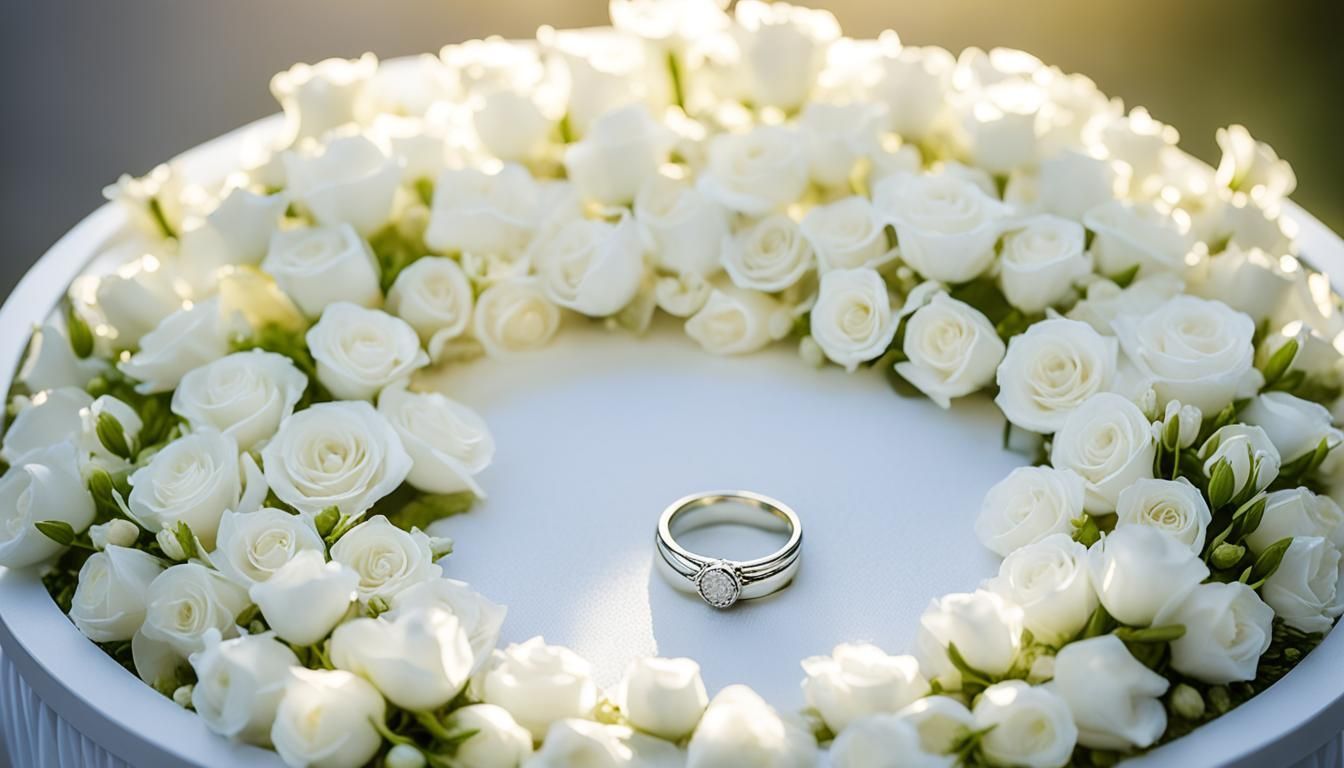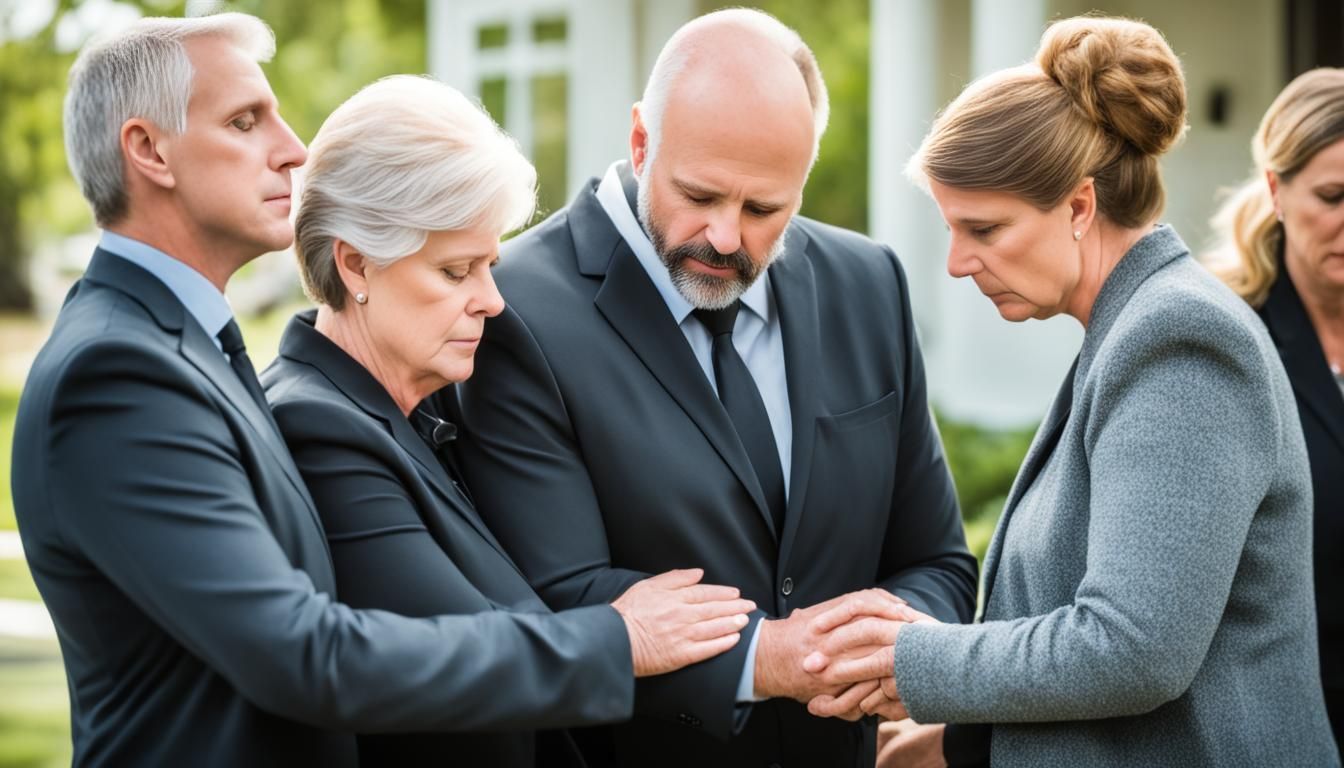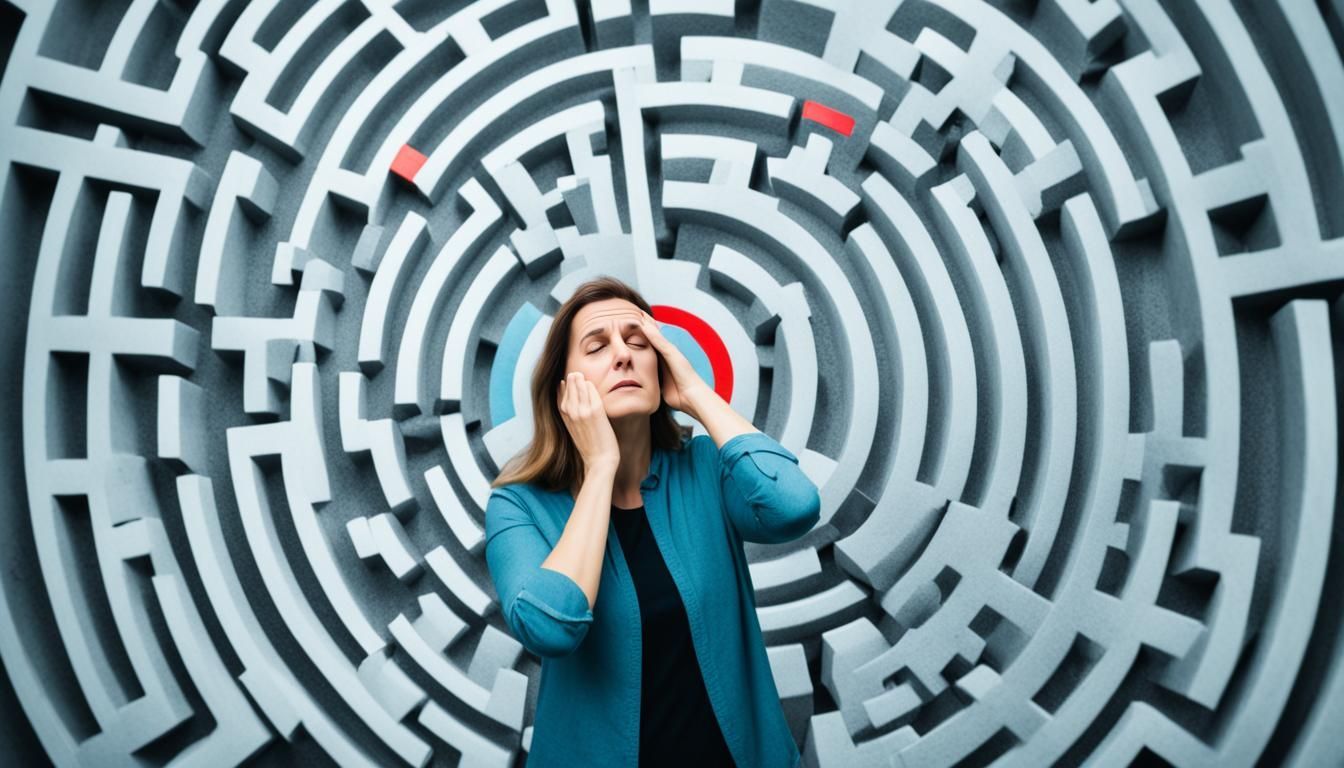How Cemetery Markers are Made
How Cemetery Markers are Made
The process of making cemetery monuments is filled with care and honor. Combining traditional skills with modern technology, the making of cemetery markers has grown a lot over time. From ancient sand casting to modern laser engraving and precise machinery, every memorial marker honors a person's life in a very special way.
To start making these markers, great attention and honor are given. The first step hasn’t changed much, even with new technology. It starts with making a detailed mold, often using metal, plastic, or wood. This captures personal messages in the lasting beauty of bronze.
Key Takeaways
- Traditional sand casting plays a big role in making cemetery markers.
- Laser engraving and direct-to-metal machining are new ways to add details.
- It all begins with a carefully made mold, vital for accurate designs.
- The balance of creativity and long-lasting materials makes these markers special.
- Markers are made with a strong commitment to quality, holding onto memories forever.
The Timeless Tradition of Sand Casting Bronze Markers
In the world of tombstone crafting techniques , sand casting shines for its long history and trustworthiness in making bronze markers. It's an ancient method that has stayed the same for years. Its enduring use shows how effective and traditional it is for making lasting markers.
Creating the Mold for Detail and Precision
To start, a precise and detailed mold is made. The design for the bronze marker is first imagined and then shaped into the mold. This mold, once perfect, can be prepared by machine or by hand. This depends on the level of detail needed. It's then pressed into a special kind of sand. This sand can handle high heat without changing shape.
The Pouring Process: Molten Bronze into Sand
Next comes preparing the sand mold. Bronze ingots are melted at around 2,000 degrees Fahrenheit. Then, this hot bronze is poured into the mold's cavities. Being precise at this point is key. The molten metal must fill all the design details in the mold. This way, the marker gets its intended shape.
Cooling and Forming the Bronze Marker
After pouring, the bronze starts to cool and take shape inside the sand mold. This step not only forms the marker. It also locks the detailed designs into the bronze. As it cools, the bronze captures the artistic details. It ensures every figure or pattern on the mold is clearly and accurately shown.
The sand casting process in tombstone crafting techniques showcases traditional skill and understanding of how materials act under extreme heat. It is a favorite method for making bronze markers. The durability of this technique and the timeless beauty it creates explain its importance in making memorials.
Advancements in Cemetery Marker Fabrication
The way we make cemetery markers has greatly improved. This is thanks to laser engraving and direct-to-metal machining. These technologies make gravestone production methods better. They also let us create more detailed and lasting markers.
Laser engraving has changed how we design memorials. A high-precision laser etches detailed artworks and messages on headstones. This technique ensures even the most intricate images look clear and sharp.
At the same time, direct-to-metal machining has improved headstone manufacturing steps. It uses CNC technology to put detailed designs directly onto metal. This method provides high-definition details and cuts down on how long it takes to make the headstones.
| Technology | Description | Benefits |
|---|---|---|
| Laser Engraving | Utilizes high-temperature lasers to etch designs onto materials | Precision in detailing, longevity of design |
| Direct-to-Metal Machining | Employs CNC machines to create three-dimensional renderings on bronze | Realistic image contrasts, reduced manufacturing time |
These new gravestone production methods guarantee better products. They also allow for more customization. Families can now create memorials for their loved ones that are both beautiful and respectful. These advances mean we have more options to honor those who have passed away. They help us meet everyone's wishes and needs.
How Cemetery Markers are Made: From Design to Memorialization
Making cemetery markers goes beyond just making an item. It includes detailed sculpting and unique customization to respect the dead. Edward Funeral Service stands out in this, mixing old methods and new skills.
Personalized Touches: Sculpting and Customization
Cemetery markers are special tributes, made with care. They offer custom designs that show the person's life story. These memories are captured artistically with great detail.
Combining Durability and Beauty: Bronze on Granite
Bronze headstones on granite bases mix toughness with elegance. This match is known for lasting long and looking classic. It makes sure the memorial stays strong outdoors but still looks dignified.
Edward Funeral Service's Commitment to Quality Memorials
Edward Funeral Service focuses on making high-quality memorials. They spend a lot of effort on offering bronze plaques and headstones that are top-notch. Their aim is to support families in honoring their loved ones properly.
| Feature | Material Used | Benefit |
|---|---|---|
| Base | Granite | Durability against natural elements |
| Marker | Bronze | Lasting aesthetic appeal and detail retention |
| Customization | Sculpting Techniques | Personalization reflecting individual lives |
Conclusion
The cemetery marker construction art blends old traditions and new innovations. This ensures every creation step is full of detailed craftsmanship. Marble markers showcase elegance and durability. They are made to last and act as everlasting memorial tributes, full of personal and shared memories.
Edward Funeral Service leads in mixing traditional methods and modern tech. This blend creates markers that are personal and lasting. They honor the respect and memory of the departed.
Memorials are important because they keep memories alive. At Edward Funeral Service, they source markers to symbolize timeless legacies. Each piece captures the individual's essence and shows their dedication to quality, in every memorial they create.
FAQ
What is the basic process of creating a cemetery marker?
Making a cemetery marker starts with designing a mold. This mold is then filled with molten bronze for bronze markers. After cooling, the marker is finished. For materials like granite and marble, the process includes cutting, engraving, and polishing.
How does sand casting contribute to bronze marker fabrication?
Sand casting helps make bronze markers. A detailed mold is pressed into special sand to form a cavity. Molten bronze is then poured into this cavity. When it cools, it takes on the detailed design, making a durable marker.
What modern advancements have been made in cemetery marker fabrication?
Marker making has seen big changes with new technology. Laser engraving and direct-to-metal machining bring more detail to designs. This means memorials can be more complex and precise than ever before.
Can cemetery markers be personalized and customized?
Yes, cemetery markers can be very personalized. Experts can create custom markers with unique designs. This customization can include different shapes, engravings, and personal touches.
What materials are commonly used together to ensure a durable cemetery marker?
Bronze and granite are often used together for markers. They are strong and withstand weather, keeping memorials beautiful for years. These materials are chosen for their strength and beauty.
What commitment to quality can customers expect from a funeral service provider when purchasing a cemetery marker?
Customers should expect high-quality materials and craftsmanship. Providers like Edward Funeral Service focus on making each marker a lasting tribute. They ensure this through detailed design work, skilled crafting, and quality checks.










